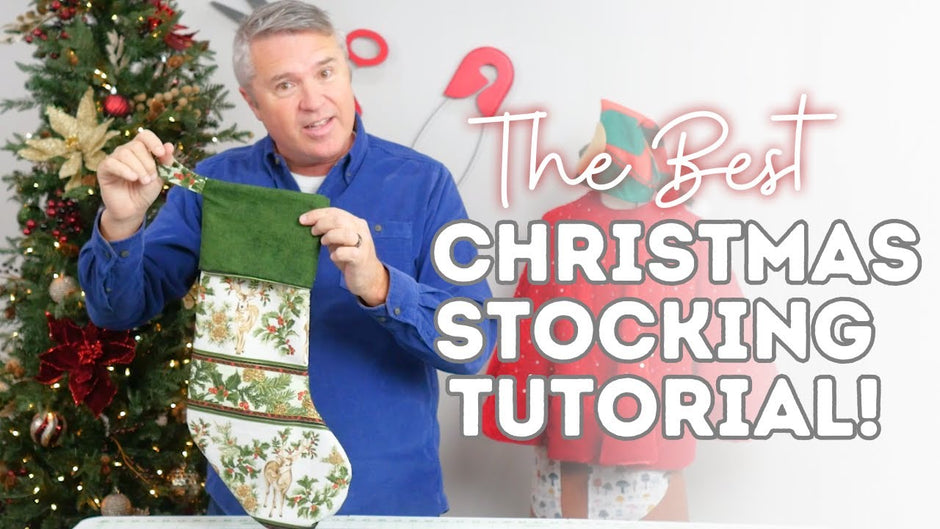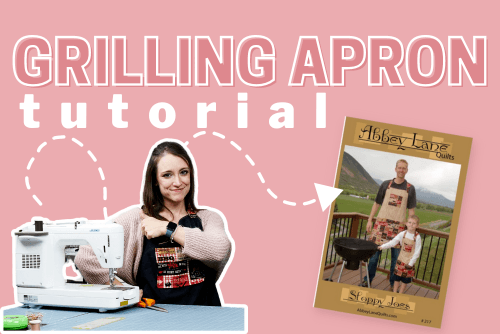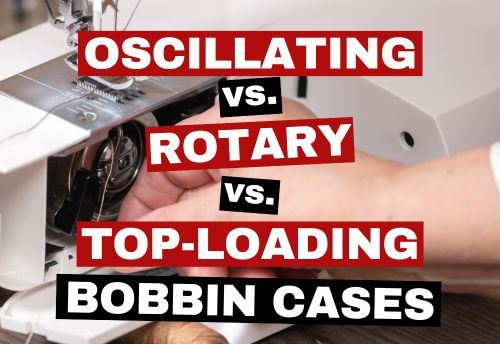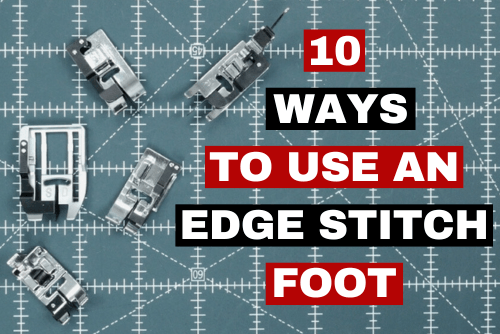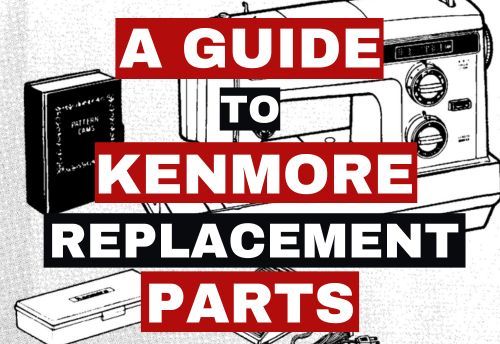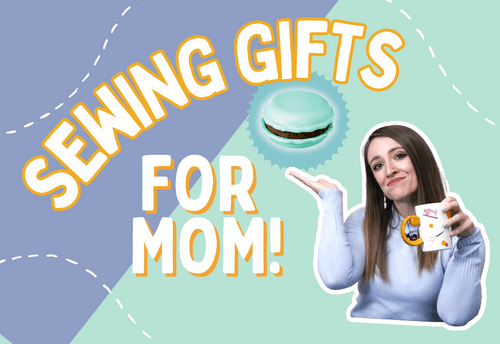Let's talk about needles! Above you can view episode 3 of our Beginner's Guide to Embroidery mini-series.
The very first thing that you want to do is grab your instruction manual. There is always a page that will provide needle recommendations according to the manufacturer. I am currently working with the Babylock Verve. Its manual states that a size 11 embroidery needle is recommended.
A size 11 is a pretty standard recommendation.
Brands
I am a big fan of Schmetz, so that is my brand of choice; however, there are many different options. A few common ones are Organ, Klasse, and Singer.

Types
As with brands, there are also many different types; some examples would be Universal, Leather, Sharp, or Stretch. Again, just to name a few. These particular kinds of needles will come in handy depending on the fabric that you will be embroidering. The stretch or ballpoint needle is worth talking about. It has a slightly rounded tip. It is fantastic when embroidering knits, because it pushes the knitted fibers to the side, versus piercing them. This helps eliminate skipped stitches. The sharp needle is also worth talking about. When embroidering, the sharp is great when using water-soluble stabilizer. The defined point pierces through easily without tearing.

Anatomy
To help understand why these are beneficial, take a peek at the picture below. As you can see there are many parts; however, we are going to focus on the tip and the eye. The tip has a light ballpoint. It also has a wide eye and groove. This allows the thread to pass easily through the eye, resulting in trouble-free stitching. Embroidery needles work great with rayon, polyester, and specialty thread.

Although the embroidery needle works well with speciality thread like metallic, I prefer specifically using a metallic needle. In addition to having a wider eye, it also has an elongated eye. This allows the thread to pass through the eye easily and it avoids thread breakage.
Favorites
I have a few favorites. They are Schmetz Embroidery Gold, Chrome Embroidery, and the regular Embroidery ones.
Schmetz Embroidery
These are a staple. They have all the features mentioned above- with the wide eye and groove. Having packages of size 11 and size 14 are a must.

Schmetz Embroidery Gold
These are similar in design to the regular embroidery needles; however, the gold option has a ceramic coating on them. This helps reduce sticking and friction. Also, when embroidering, it is very common to have to use adhesive spray. That can gunk up the needle. These particular needles help prevent that issue. Also, the coating helps with wear so your needle will last longer.
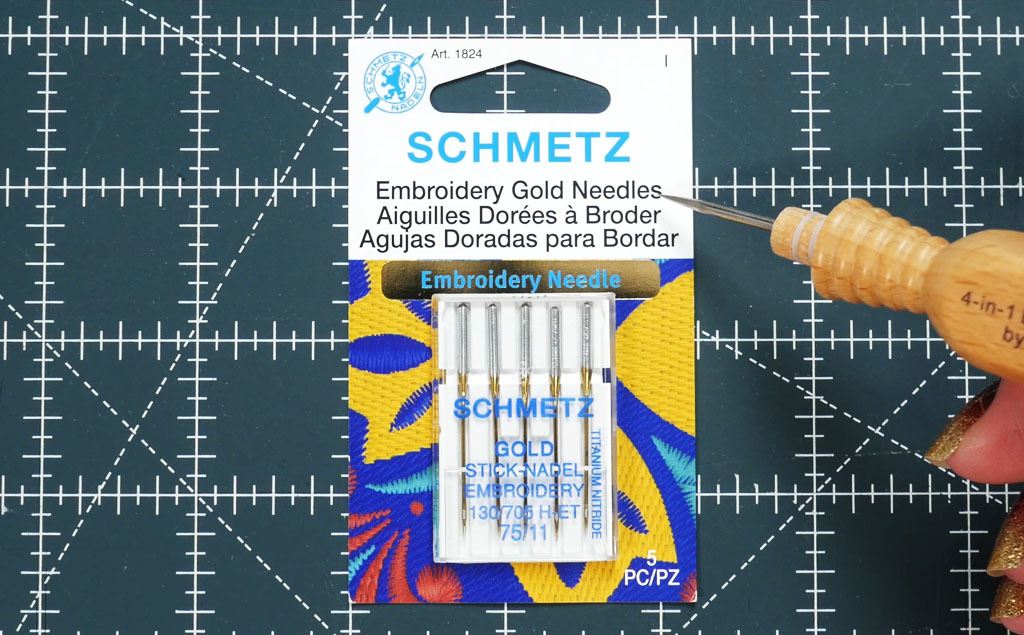
Chrome
Another favorite- chrome. They resist heat. They, too, resist wear so that it will last longer. Also, they stay cooler, longer which helps reduce stitch distortion.

Do you see a pattern? Embroidery needles are specifically designed to make your embroidery project more enjoyable and hassle-free.
Do I Need A New One?
A good rule of thumb is to change your needle at the beginning of every project or after 8 hours of embroidering. An exception would be if you are embroidering with metallic thread. Then it is recommended to put a pretty new one in after 4 hours of embroidering time.
Conclusion
Lastly, always test on scraps of fabric that are similar to what you will be working on. You don't want to stitch it out and then it's all wonky and weird.
Needles can be a little overwhelming. I hope that this information has helped. If you need any assistance, please don't hesitate to ask.
Until next time, have fun!



